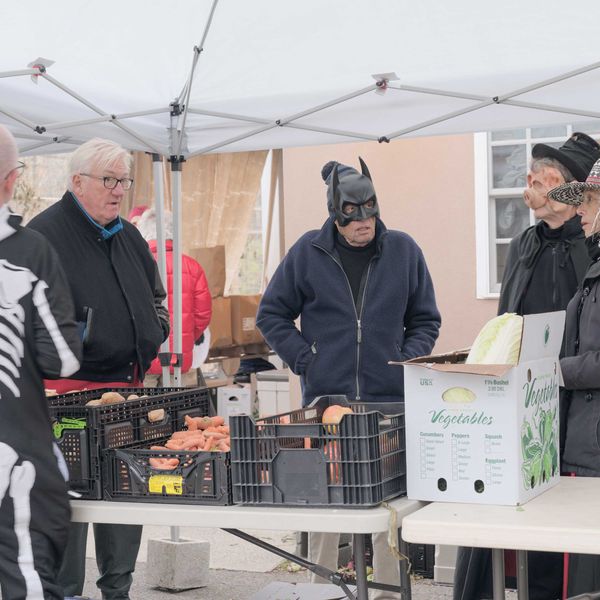Korean food and culture visits NorthEast-Millerton Library
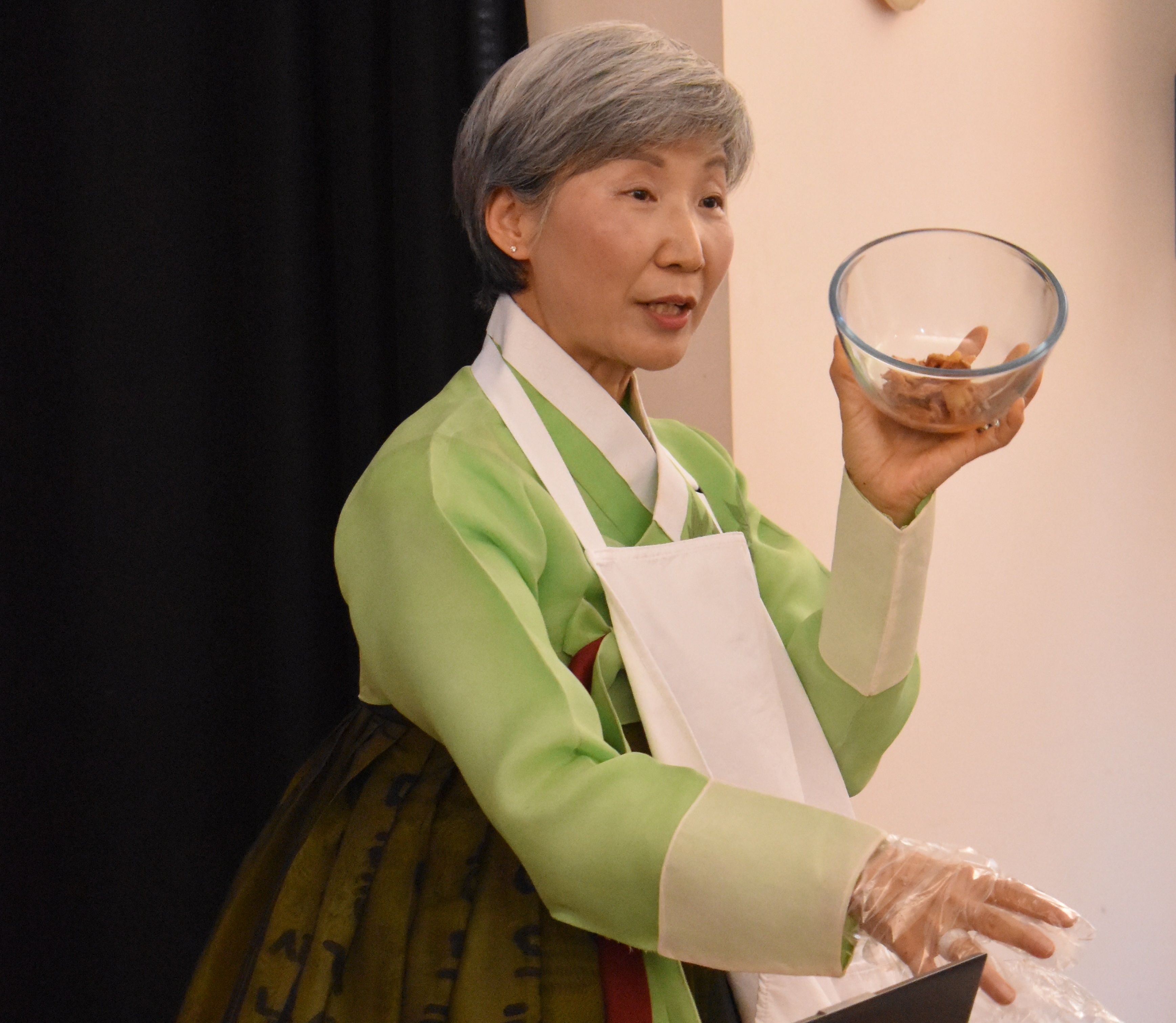
Presenter Younhee Shin of Korean Spirit and Culture Promotion Project, explains how to cook vegetables at the presentation of “Taste of Korea” at the NorthEast-Millerton Library on Feb. 2. Audience members learned about Korean cooking, foods, and culture and were treated to a traditional Korean meal.
Photo by Robin Roraback

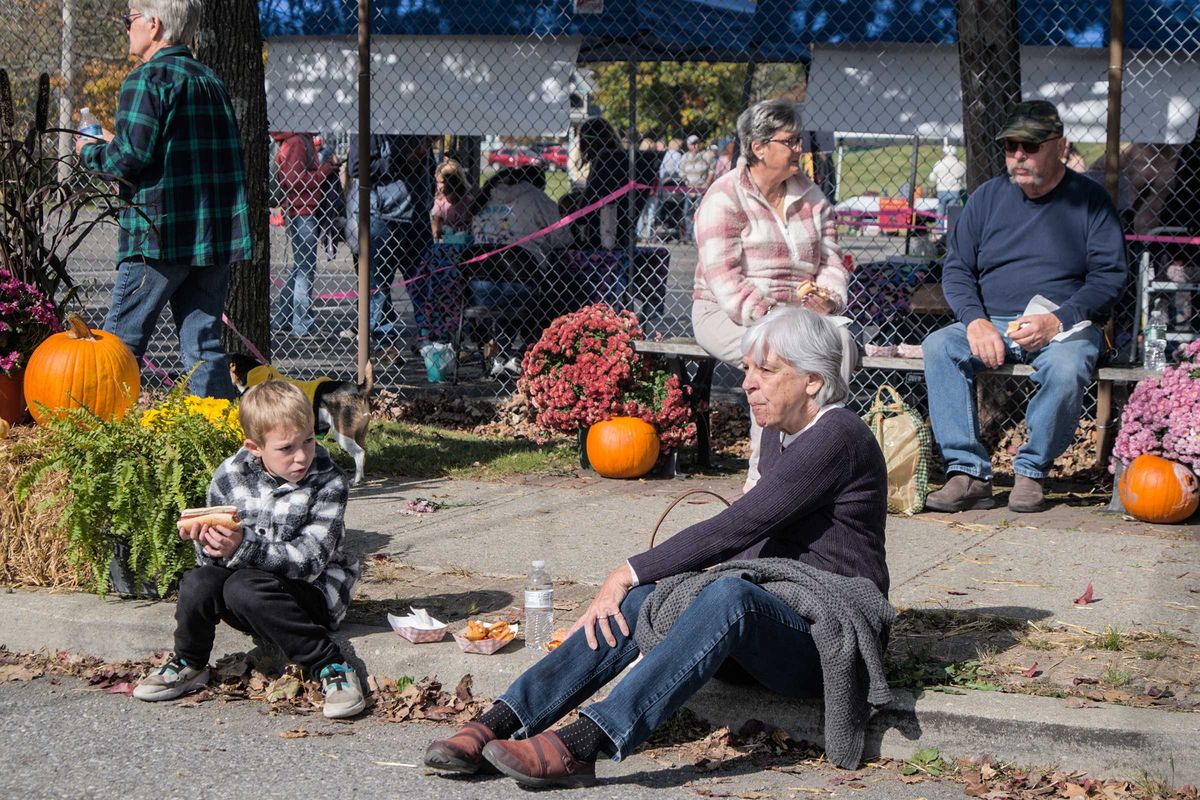

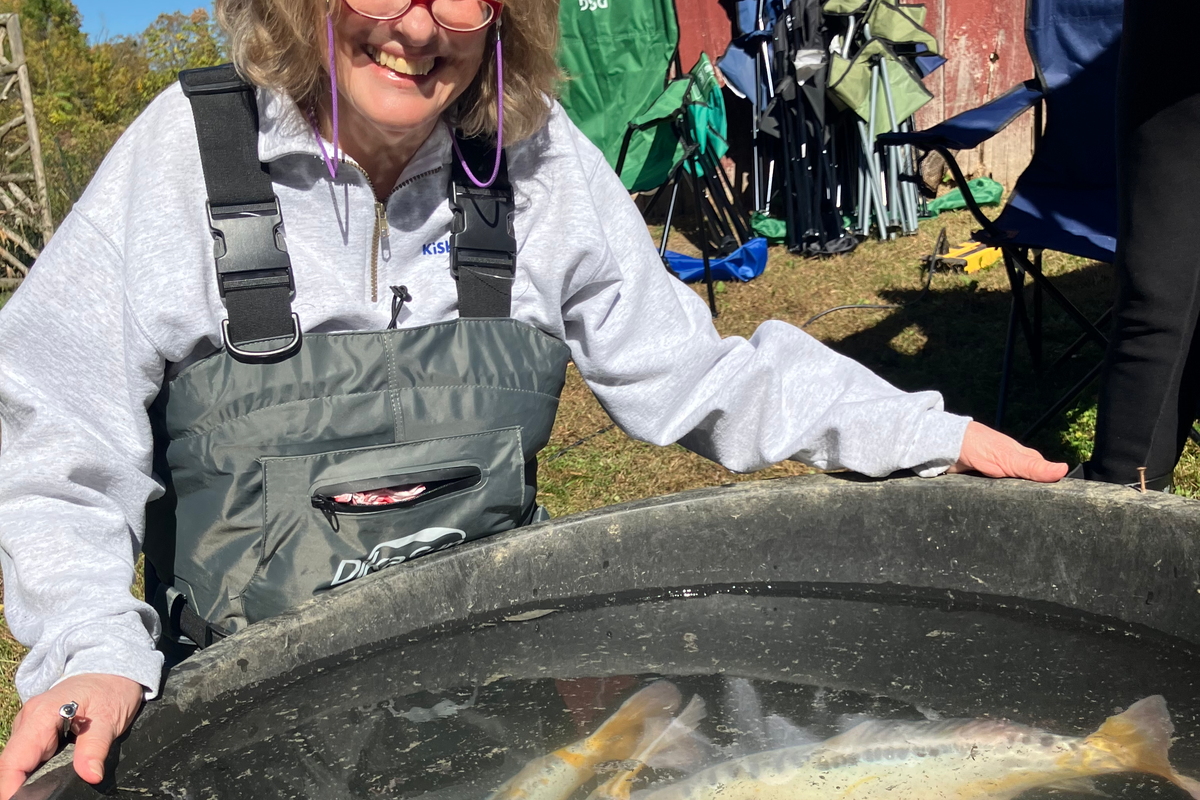

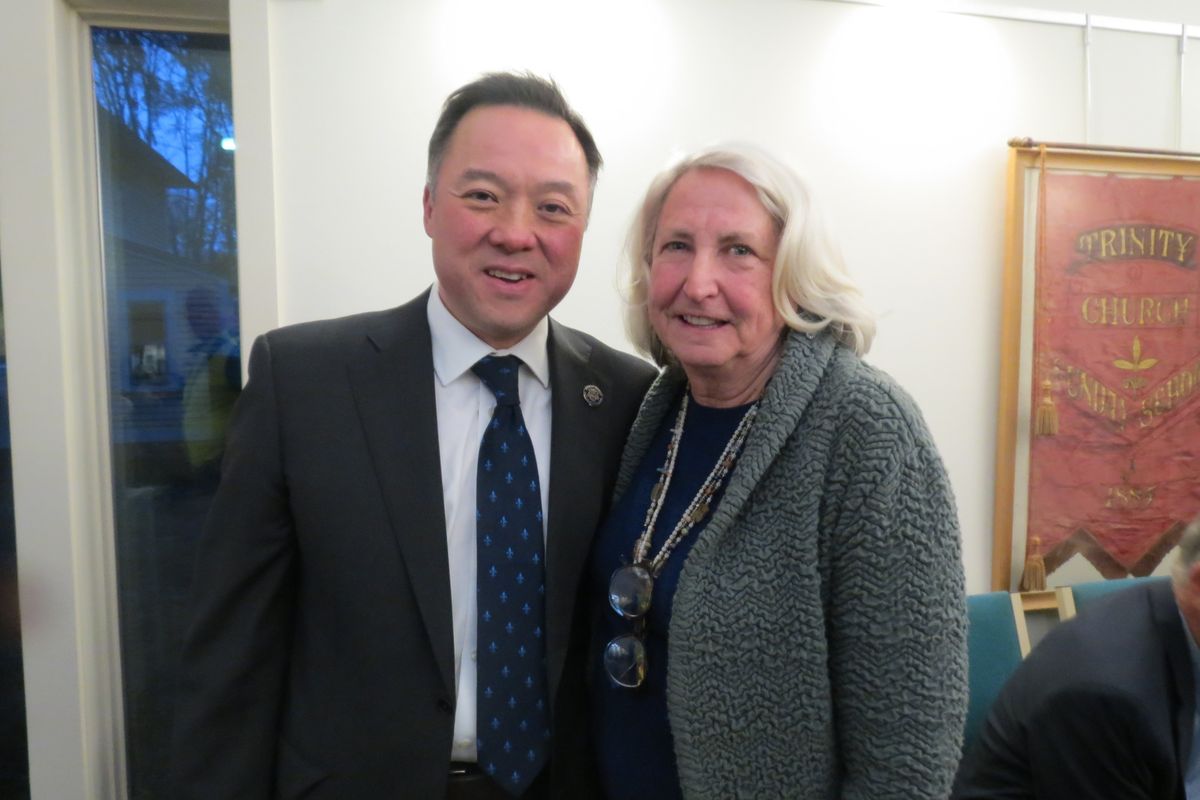

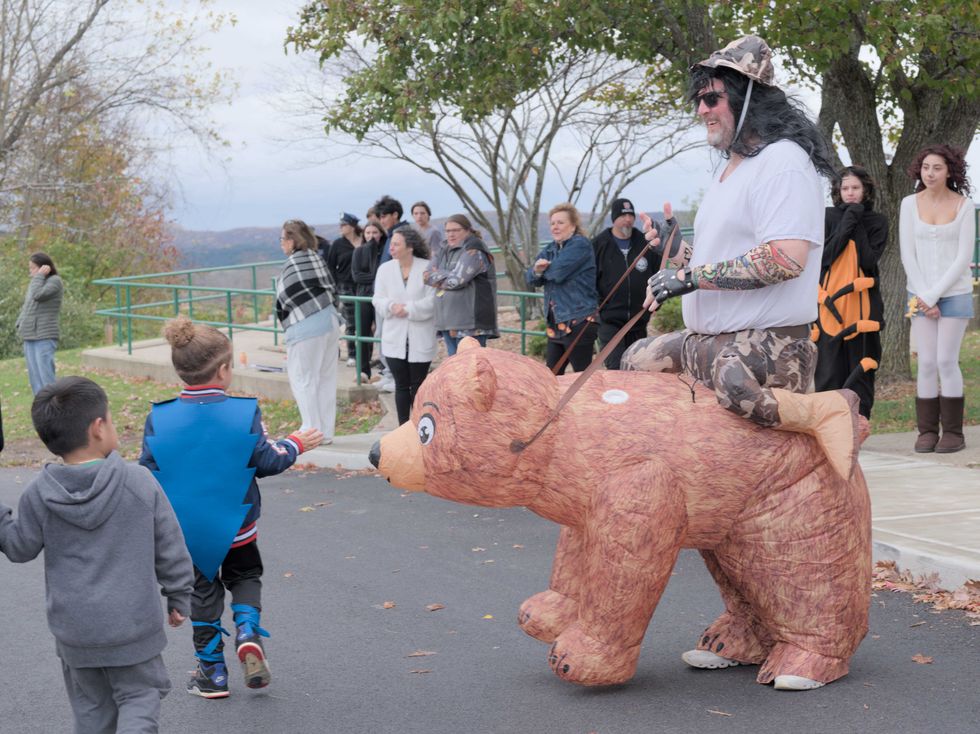 Webutuck High School social studies teacher Kevin Kleespies let students pet his bear steed as they passed.Nathan Miller
Webutuck High School social studies teacher Kevin Kleespies let students pet his bear steed as they passed.Nathan Miller


